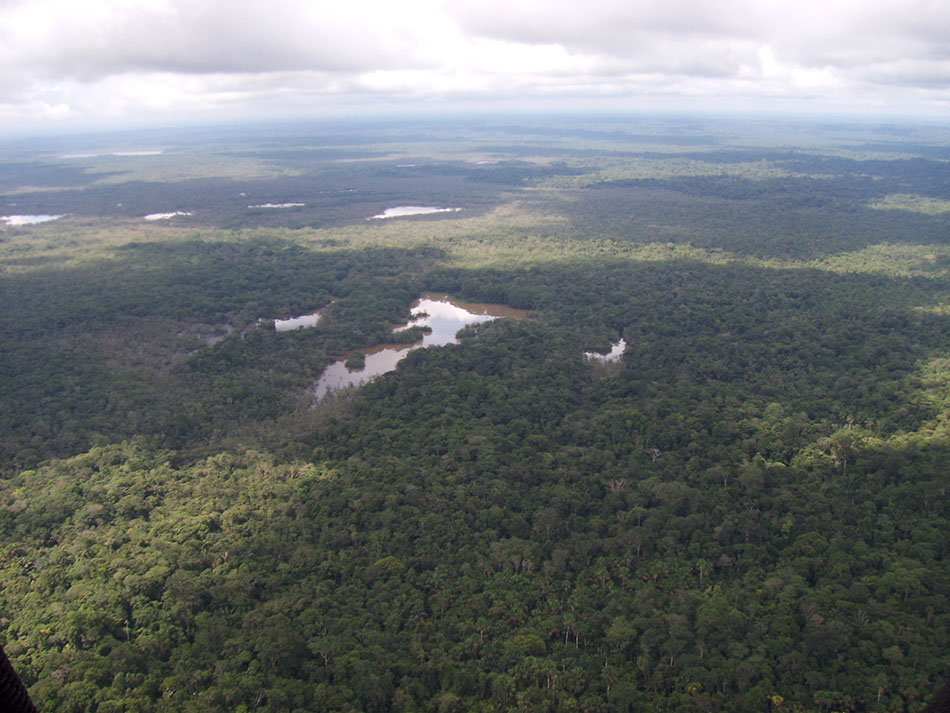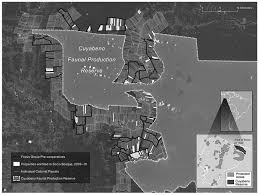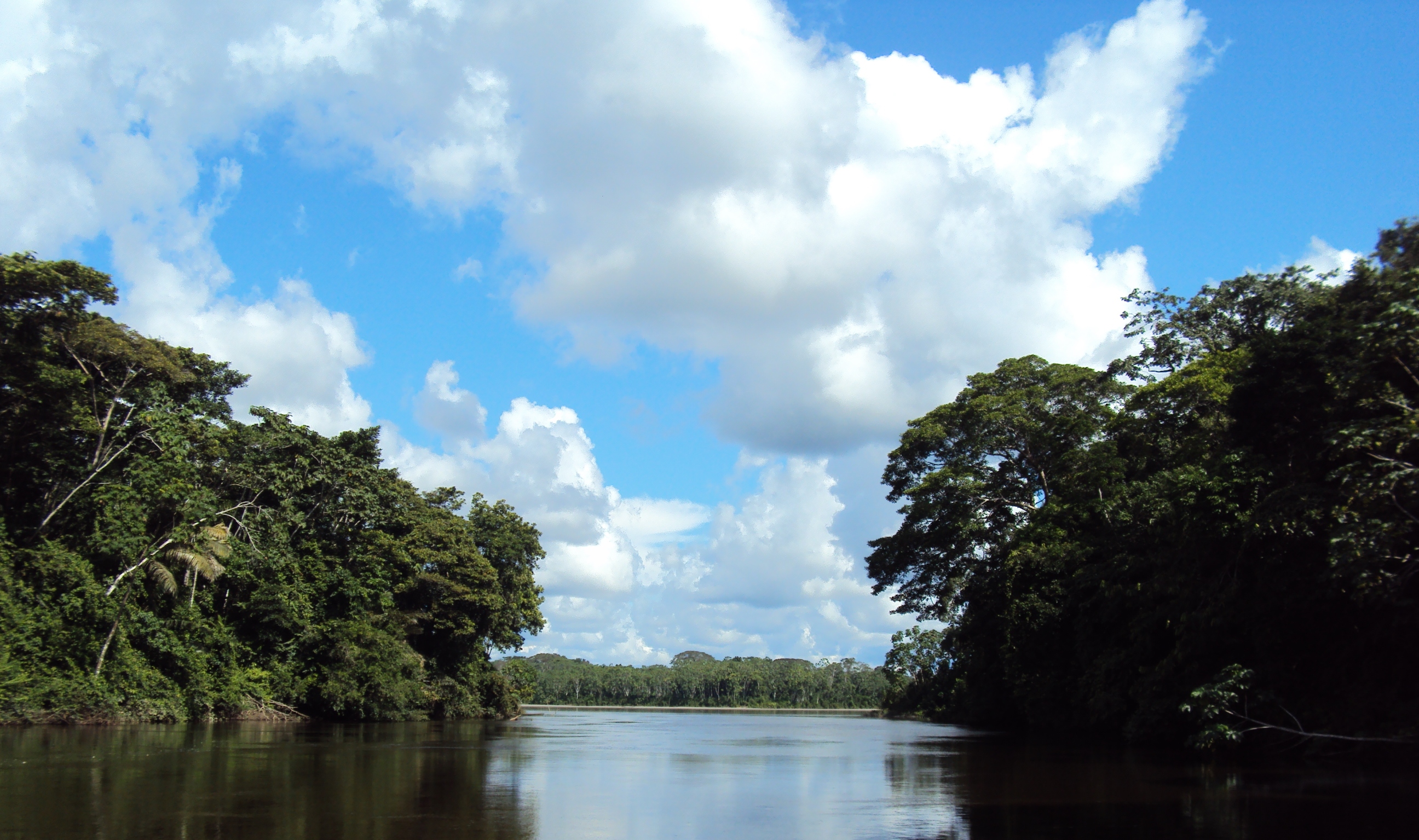



In 2008, the Government of Ecuador created the Socio Bosque Program (SBP) as a financial incentive mechanism aimed at private landowners, farmers, and indigenous communities, who are voluntarily committed to the conservation and protection of forests and other native ecosystems.
In the Cuyabeno Wildlife Reserve, thanks to the progress in the Natural Resources Use and Management Agreements signed with the indigenous communities living in the area, the delimitation of their territories and to the subscription of land deeds in the buffer area. Land ownership allowed the people to comply with the requirements needed to participate in the PSB.
Currently around 86,000 hectares of the Reserve are part of the SBP, allowing the preservation of an important tract of land including the natural forest in the higher and lower region of the Reserve. At the same time, the program created an economic incentive for the communities and individual landowners interested on implementing productive projects. This was crucial to reduce the risk of the agricultural border advancement towards the Reserve.
- National incentive policies to support preservation and sustainable development of forests, and their application with communal landowners living inside the protected areas.
- Promotion and awareness of the SBP benefits to various actors and stakeholders.
- Indigenous and farming communities interested on entering the SBP.
- Economic incentives that motivate local actors and stakeholders to conserve and protect the forest located in the boundaries and inside the Reserve.
The implementation of the SBP in the Cuyabeno Wildlife Reserve is a mechanism designed to motivate several indigenous communities to preserve the forest. Therefore, it was necessary to inform the indigenous communities living in the Reserve (the Cofán community of Zábalo, the Kicwa community of Zancudo, and the Shuar communities of Taekiwa and Charap) about the benefits of participating in this governmental program.
It was also fundamental the support provided by the Protected Area Administration and the PSB to the communities, helping them gather information, organize their community meetings, and create and follow up their investment plans.
The results: they became the first communities living inside a Protected Area and particularly within the SBP, leading the way for other communities in similar conditions to follow them and participate in the future. This contributed to a notable improvement in the living conditions of the inhabitants and communities, diminishing the pressure on natural resources in the process.